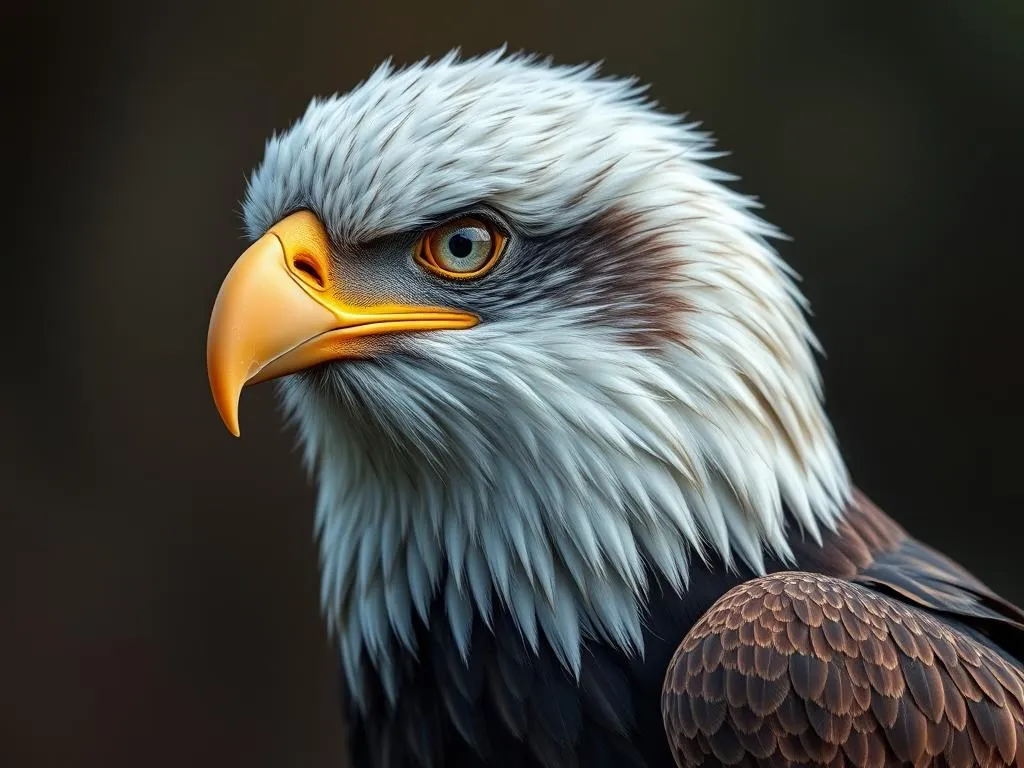
Introduction
Dog breeds play a significant role in our lives, offering companionship, love, and loyalty. Among the vast variety of breeds, hybrid breeds like the Pomeagle have gained popularity for their unique qualities. A Pomeagle is a delightful mix between a Pomeranian and a Beagle, combining the best traits of both parent breeds. Understanding mixed breeds is essential as they often showcase a blend of characteristics that can make them wonderful family pets. This article dives into the fascinating world of the Pomeagle, covering everything from its origins to care requirements, and the joys and challenges of owning one.
Understanding Hybrid Dog Breeds
Definition of Hybrid Breeds
Hybrid dog breeds are the result of intentionally breeding two different purebred dogs. These hybrids often come with a mix of traits from both parent breeds, which can include appearance, temperament, and health predispositions. Common reasons for breeding hybrids include the desire for specific traits, such as low shedding coats or friendly temperaments, which can often be a mix of the best qualities from each breed.
Popular Hybrid Breeds
Some of the most recognized hybrid breeds include the Labradoodle (Labrador Retriever and Poodle) and the Goldendoodle (Golden Retriever and Poodle). The popularity of hybrids is on the rise, as they often offer unique appearances and temperaments that appeal to potential dog owners. The Pomeagle, with its charming looks and lively personality, is another example of why hybrid breeds are becoming increasingly favored.
The Pomeagle: Overview
Origin of the Pomeagle
The Pomeagle is a hybrid that results from crossing the Pomeranian and the Beagle. The Pomeranian, known for its fluffy coat and lively demeanor, has a rich history dating back to the Arctic regions, where its ancestors were used as working dogs. The Beagle, on the other hand, is a breed with a hunting background, recognized for its keen sense of smell and friendly nature. The combination of these two breeds results in a dog that is both spirited and affectionate.
Appearance
The Pomeagle typically weighs between 10 to 20 pounds and stands about 10 to 15 inches tall, making it a small to medium-sized dog. Its coat can vary, often resembling the Pomeranian’s fluffy fur or the Beagle’s shorter, smoother coat. Common coat colors include tricolor, black, brown, and cream, with some dogs showcasing unique patterns. Distinctive features of the Pomeagle include its expressive eyes, floppy ears, and a tail that may be fluffy like a Pomeranian or more straight like a Beagle.
Temperament
When it comes to temperament, the Pomeagle is known for its friendly, playful, and intelligent nature. They tend to be social dogs, enjoying the company of both people and other pets. Compared to their parent breeds, Pomeagles often exhibit a mix of the Beagle’s curious and adventurous spirit and the Pomeranian’s lively and affectionate personality. This combination makes them highly adaptable and great companions for families and individuals alike.
Care Requirements for Pomeagles
Diet and Nutrition
Feeding a Pomeagle a balanced diet is crucial for maintaining its health. A high-quality dog food tailored to small breeds is recommended, providing the necessary nutrients for their energy levels. It’s essential to monitor their food intake, as Pomeagles can be prone to obesity due to their small size. Be cautious of any dietary restrictions or allergies, and consult with a veterinarian for personalized feeding guidelines.
Grooming Needs
Grooming a Pomeagle can vary depending on the coat type they inherit. Generally, they require regular brushing—at least once a week—to prevent matting and reduce shedding. If they have a longer coat like a Pomeranian, more frequent grooming may be necessary. Additionally, regular bathing and nail trimming should be part of their grooming routine to keep them looking and feeling their best.
Exercise Needs
Daily exercise is vital for a healthy Pomeagle. They typically require at least 30 minutes to an hour of physical activity each day. Suitable exercise options include walks, play sessions in the yard, or interactive games like fetch. Engaging their minds through puzzle toys or obedience training can also provide mental stimulation, keeping them happy and well-adjusted.
Health Considerations
Like all dog breeds, Pomeagles can be prone to certain health issues. Common concerns include hip dysplasia, eye problems, and dental issues, often inherited from their parent breeds. Regular veterinary check-ups are essential for early detection and prevention of health problems. Maintaining a healthy diet and exercise routine can further support their overall well-being.
Training and Socialization
Training Techniques
Training a Pomeagle can be a rewarding experience, as they are intelligent and eager to please. Positive reinforcement techniques, such as treats and praise, work best for this breed. Start with basic commands and gradually introduce more complex training as they become comfortable. Consistency is key, as Pomeagles can sometimes inherit a stubborn streak from their Beagle lineage.
Socialization Tips
Early socialization is crucial for a well-rounded Pomeagle. Expose them to various environments, people, and other animals during their critical development period. Dog parks, puppy classes, and playdates can provide excellent opportunities for social interaction. The more socialized they are, the more confident and adaptable they will become.
Living with a Pomeagle
Ideal Living Environment
Pomeagles can adapt well to different living situations, whether in an apartment or a house with a yard. However, they thrive in environments where they can interact with their families. If you have children or other pets, a Pomeagle usually does well, as they are generally friendly and sociable. Ensure there is enough space for them to play and exercise, regardless of your living situation.
Time Commitment
Owning a Pomeagle requires a significant time commitment. Daily training, exercise, and companionship are essential for their happiness. Balancing a busy lifestyle with the needs of a Pomeagle can be challenging, but the rewards of having such a loving companion make the effort worthwhile. Consider your daily schedule and ensure you can dedicate time to your furry friend.
Pros and Cons of Owning a Pomeagle
Advantages
The Pomeagle boasts several unique qualities that make it an appealing companion. They are known for their playful nature, intelligence, and adaptability, making them suitable for various households. Their affectionate demeanor often leads to strong bonds with their owners, providing endless love and loyalty. Additionally, their moderate exercise needs make them a good fit for individuals or families who may not have the time for a high-energy breed.
Disadvantages
Despite their many advantages, there are potential challenges to owning a Pomeagle. Their Beagle heritage can contribute to a strong prey drive, which may lead to chasing small animals if not appropriately managed. Additionally, they can be prone to separation anxiety if left alone for extended periods. It’s important for potential owners to consider these factors and ensure they can meet the needs of a Pomeagle.
Conclusion
The Pomeagle is a delightful hybrid breed that combines the best traits of the Pomeranian and Beagle. With their charming appearance and friendly temperament, they can make wonderful companions for families and individuals alike. However, prospective owners should be mindful of their care requirements, training needs, and potential challenges. By understanding the unique characteristics of the Pomeagle, you can make an informed decision about whether this hybrid breed is the right fit for your lifestyle. Responsible pet ownership is key to ensuring that both you and your Pomeagle enjoy a happy and fulfilling life together.








